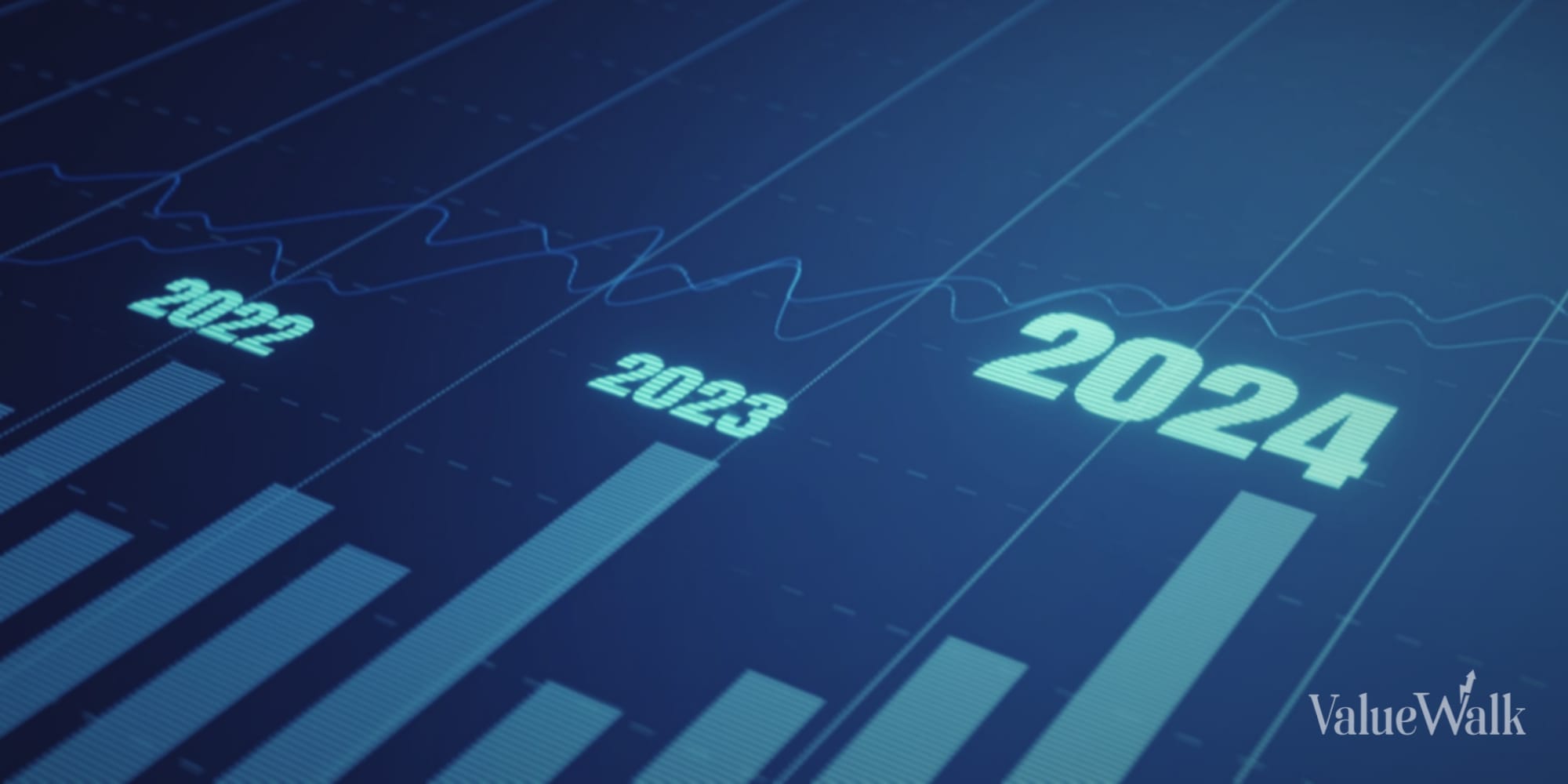If you go back and look at some of the predictions Wall Street experts made for 2023, you get a mixed bag. Analysts at JPMorgan Chase said the S&P 500 would be at 4,200 at year’s end, while Morgan Stanley was more pessimistic, targeting 3,900 for the S&P 500. Both Bank of America and Goldman Sachs said 4,000 for the benchmark, while Wells Fargo was the most bullish of them all, targeting 4,300 to 4,500.
As we stand here on Nov. 14, Wells Fargo appears the most prescient, as the S&P 500 opened Tuesday at 4,411 — up by about 15% for the year. Of course, there is still a month and a half left in the year, so it could certainly change.
Additionally, most economists were calling for a recession in 2023. In fact, one source said two out of three economists predicted a recession this year. However, we can now say with certainty that a recession did not happen in 2023.
As of this writing, the bulls are right and the bears are wrong, but what about 2024? Two major firms, Goldman Sachs (NYSE: GS) and Morgan Stanley (NYSE: MS), have already weighed in with their projections this week. Here’s what they had to say.
A more bullish take on 2024
Last week, Goldman Sachs released its Macro Outlook 2024, which was subtitled, “The Hard Part is Over,” alluding to better days ahead. Let’s examine some of the key projections.
On the economy, Goldman Sachs sees limited recession risk in 2024, putting the probability at just 15%. In 2023, the economy has performed much better than expected, with the U.S. GDP (gross domestic product) growth expected to be 2.4%, more than a percentage point higher than the consensus forecast.
Meanwhile, inflation is down from 6% in 2022 to 3% in 2023. For 2024, Goldman Sachs sees 2.1% GDP growth in the U.S. and 2.6% GDP growth globally.
As for inflation, Goldman Sachs sees it ticking down to the 2%-to-2.5% range by the end of 2024, which would put it in the Federal Reserve’s target range. Likewise, the firm sees interest rate cuts starting in the second half of 2024, but probably not until the fourth quarter of the year. However, Goldman Sachs expects those cuts to continue through mid-2026, with interest rates settling in the 3.5%-to-3.75% range.
This provides a backdrop for what the firm anticipates for the stock market next year: a return to normal?
According to Goldman analysts, “2024 should cement the notion that the global economy has escaped the post-GFC (global financial crisis) environment of low inflation, zero policy rates and negative real yields. The transition has been bumpy, but the upside of this ‘Great Escape’ is that the investing environment now looks more normal than it has at any point since the pre-GFC era, and real expected returns now look firmly positive.”
Thus, Goldman Sachs is calling for the S&P 500 to finish 2024 at 4,700, which would be about a 7% return over its current level. It also pegs 10-year Treasury yields at 4.58% at year-end, which is roughly where they are now.
“In some respects, the story looks a bit more positive than it was a year ago,” the firm added. “Our macro forecasts for stable unemployment rates, anchored yields and falling core inflation are a somewhat larger tailwind for equities than they were last year. We also find it easier to define an upside tail for equities if the supply side of the economy is more positive than expected and if lower inflation allows non-recessionary easing by the Fed or others, or if the AI theme gathers further traction.”
A different view from Morgan Stanley
Meanwhile, Morgan Stanley has the Fed taking a more aggressive stance on lowering rates. The firm’s economists project rate cuts starting in June 2024 and then continuing in September through the end of the year. By the end of 2025, they expect rates to be around 2.4%.
While Morgan Stanley does not see a recession in 2024, it projects a weaker economy than Goldman Sachs, thus the need for more aggressive rate cuts.
The firm’s projection for the S&P 500 is 4,500 at the end of 2024, which would only be about a 2% gain from the current level. However, if the market plunges to 3,900 by the end of this year, as Morgan Stanley had predicted, it would be a 15% leap.
“The reason we feel that way [that the market will slide back to 3,900], it’s an important observation, is that market breadth has deteriorated again very significantly over the last three months,” Morgan Stanley Chief Financial Officer Mike Wilson said on a recent podcast. “Breadth typically leads the overall index, so until breadth bottoms out, it’s very difficult for us to get bullish at the index level as well. So the way we see it playing out is over the next three to six months, we think the overall index will catch down to what the market breadth has been telling us. It should lead us out of what has been, I think, a pretty, you know, persistent bear market for the last two years, particularly for the average stock.”
Based on these outlooks, investors should feel cautiously optimistic for what look like a transition year for the markets.





